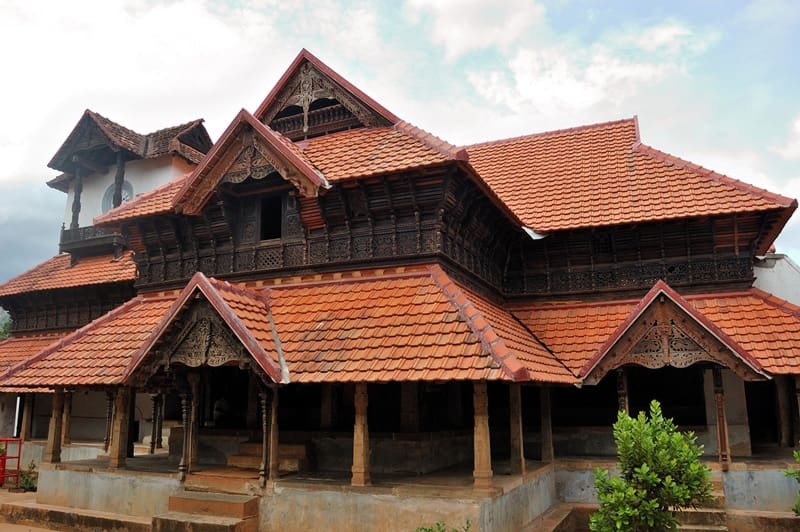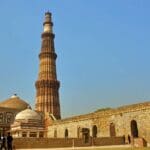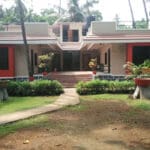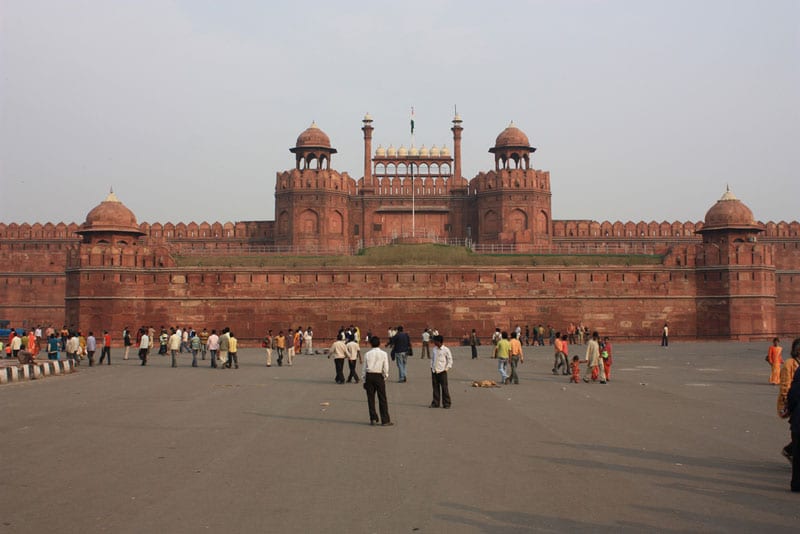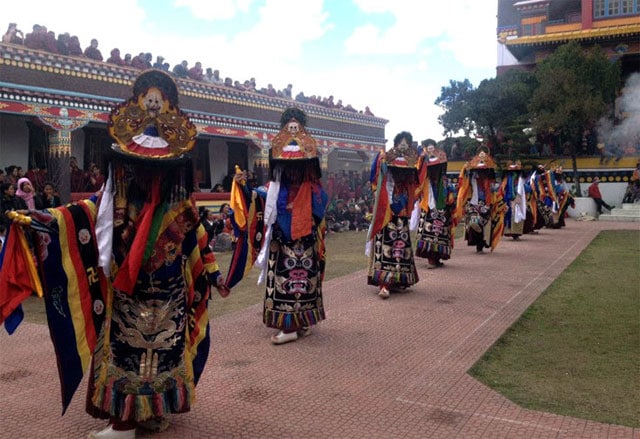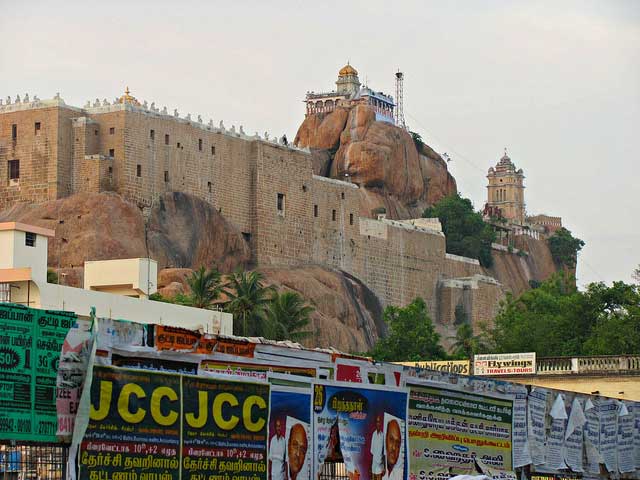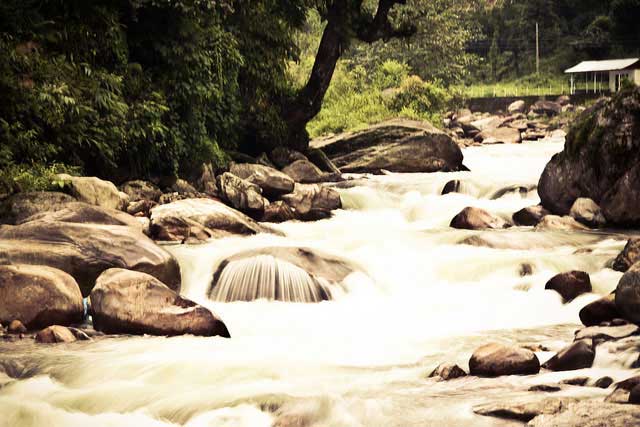Nestled in the picturesque town of Padmanabhapuram in the Kanyakumari district of Tamil Nadu, Padmanabhapuram Palace stands as a testament to the rich cultural heritage and architectural brilliance of South India. This magnificent palace, once the seat of the Travancore rulers, attracts tourists and history enthusiasts from all over the world.
History of Padmanabhapuram Palace
Origins and Construction
The history of Padmanabhapuram Palace dates back to the 16th century when it was constructed by Iravi Varma Kulasekhara Perumal, the ruler of Travancore. Built entirely out of wood, the palace showcases traditional Kerala architecture and design.
Influence of Travancore Dynasty
Over the centuries, Padmanabhapuram Palace served as the primary residence of the Travancore rulers until the capital was shifted to Thiruvananthapuram in the 18th century. The palace holds immense historical significance as it witnessed several important events in the history of Travancore.
Architecture and Design
The architectural grandeur of Padmanabhapuram Palace is a sight to behold. Spread over an area of 6 acres, the palace complex comprises numerous halls, courtyards, and residential quarters. The intricate wood carvings, mural paintings, and traditional Kerala-style roofing add to its charm.
Visitor Information
Entrance Fee
To experience the splendor of Padmanabhapuram Palace, visitors are required to pay a nominal entry fee. For adults, the entry fee is 10 INR, while children can enter for 2 INR. Additional charges apply for carrying cameras or video cameras, with fees set at 25 INR and 1000 INR respectively.
Visiting Hours
Padmanabhapuram Palace welcomes visitors from Tuesday to Sunday, from 9 AM to 5 PM. However, the palace remains closed on Mondays and other national holidays.
Visit Duration
Exploring Padmanabhapuram Palace typically takes around 1 to 2 hours, allowing visitors ample time to admire its architectural marvels and immerse themselves in its rich history.
Things to Do at Padmanabhapuram Palace
Visitors to Padmanabhapuram Palace can indulge in a variety of activities:
- Explore the Palace Grounds: Take a leisurely stroll through the sprawling palace complex, marveling at its intricate architecture and lush gardens.
- Visit the Museum: Discover the rich history and heritage of the Travancore dynasty at the palace museum, which houses a fascinating collection of artifacts and antiques.
- Admire the Woodwork: Marvel at the exquisite wood carvings adorning the walls, ceilings, and furniture of the palace, showcasing the unparalleled craftsmanship of Kerala artisans.
Nearby Attractions
While visiting Padmanabhapuram Palace, tourists can also explore other nearby attractions:
- Kanyakumari: Pay a visit to the southernmost tip of the Indian subcontinent, where the Arabian Sea, Bay of Bengal, and Indian Ocean meet.
- Sucheendram Temple: Explore the magnificent Sucheendram Temple, known for its impressive architecture and religious significance.
- Mathur Hanging Bridge: Experience the thrill of walking across the Mathur Hanging Bridge, offering breathtaking views of the surrounding landscape.
Climatic Conditions
Weather Throughout the Year
Padmanabhapuram experiences a tropical climate, with warm and humid weather prevailing throughout the year. The monsoon season, from June to September, brings heavy rainfall to the region.
Best Time to Visit
The best time to visit Padmanabhapuram Palace is during the winter months, from October to March, when the weather is pleasant and conducive to exploring the palace and its surroundings.
How to Reach Padmanabhapuram Palace
By Air
The nearest airport to Padmanabhapuram Palace is Trivandrum International Airport, located approximately 55 kilometers away. From the airport, visitors can hire a taxi or take a bus to reach the palace.
By Train
The nearest railway station to Padmanabhapuram Palace is Nagercoil Junction, situated around 15 kilometers away. From the railway station, visitors can avail of local transportation options to reach the palace.
By Road
Padmanabhapuram is well-connected by road to major cities and towns in Tamil Nadu and Kerala. State-run buses and private taxis ply regularly between Padmanabhapuram and nearby cities.
Accommodation Options
Visitors to Padmanabhapuram Palace can choose from a range of accommodation options, including:
- Hotels and Resorts Nearby: Several hotels and resorts are located in the vicinity of Padmanabhapuram Palace, offering comfortable and convenient stay options.
- Homestay Options: Experience the warmth and hospitality of the locals by opting for a homestay accommodation, where guests can enjoy home-cooked meals and personalized service.
Food Options
Local Cuisine
Savor the flavors of traditional South Indian cuisine at eateries and restaurants near Padmanabhapuram Palace. From spicy curries to delectable seafood dishes, there’s something to tantalize every palate.
Restaurants Nearby
Explore the culinary delights of Padmanabhapuram and surrounding areas by dining at local restaurants and cafes, serving a variety of regional specialties and international cuisines.
Travel Tips
Before visiting Padmanabhapuram Palace, here are some useful tips to ensure a memorable experience:
- Dress Code: Dress modestly and respectfully, avoiding revealing clothing, especially when visiting religious sites within the palace complex.
- Photography Restrictions: Respect the photography restrictions in place within the palace premises, especially in areas housing delicate artifacts and antiques.
- Safety Precautions: Be cautious while exploring the palace grounds, especially if accompanied by children, as some areas may have steep stairs or uneven pathways.
FAQs
- What is the significance of Padmanabhapuram Palace? Padmanabhapuram Palace holds immense historical and architectural significance as the former seat of the Travancore rulers and showcases traditional Kerala architecture.
- Can visitors take photographs inside the palace? While photography is allowed in certain areas of the palace, visitors are required to adhere to designated photography restrictions, especially in areas housing delicate artifacts.
- Are there guided tours available? Yes, guided tours of Padmanabhapuram Palace are available for visitors who wish to learn more about its history and architecture from knowledgeable guides.
- Is there parking available for visitors? Yes, there is parking available for visitors near Padmanabhapuram Palace, allowing for convenient access to the palace complex.
- Can visitors bring food inside the palace? Outside food and beverages are not permitted inside Padmanabhapuram Palace, but visitors can enjoy local cuisine at nearby restaurants and eateries.
Conclusion
Padmanabhapuram Palace stands as a shining example of South India’s rich cultural heritage and architectural prowess. With its fascinating history, intricate woodwork, and serene surroundings, the palace offers visitors a glimpse into a bygone era. Whether you’re a history enthusiast, an architecture aficionado, or simply seeking a tranquil retreat, a visit to Padmanabhapuram Palace is sure to leave you mesmerized.


